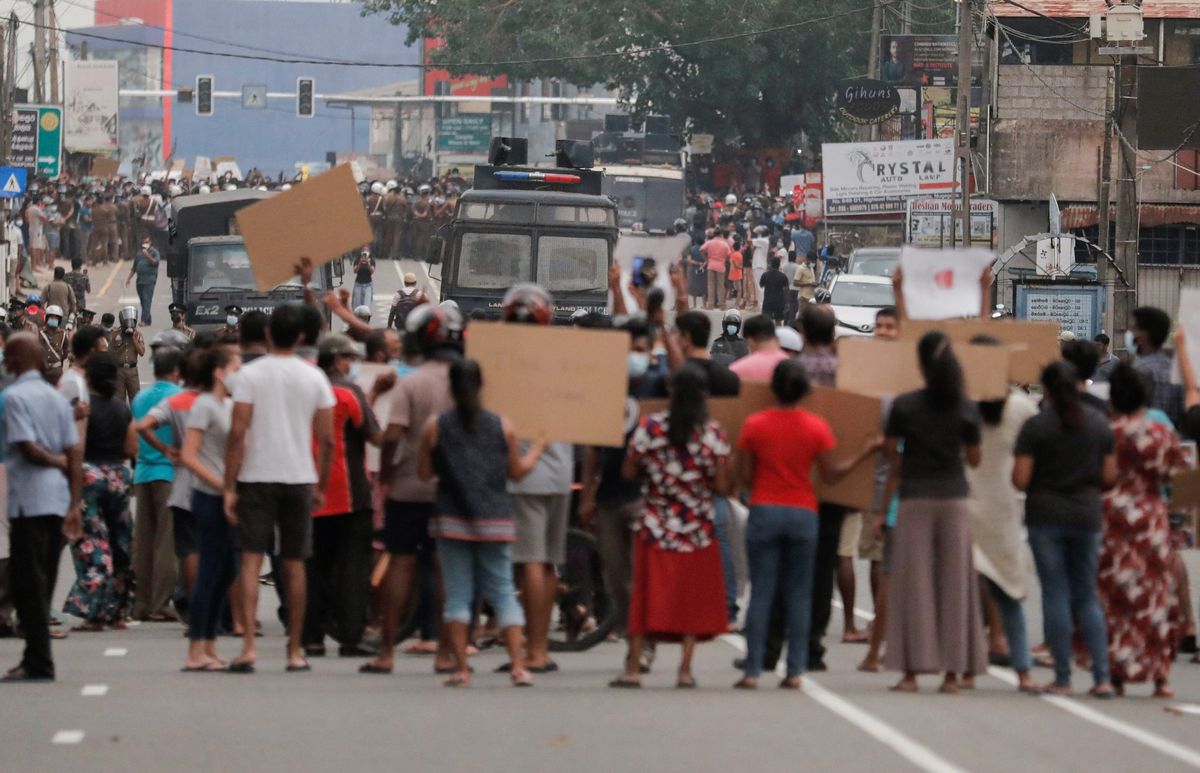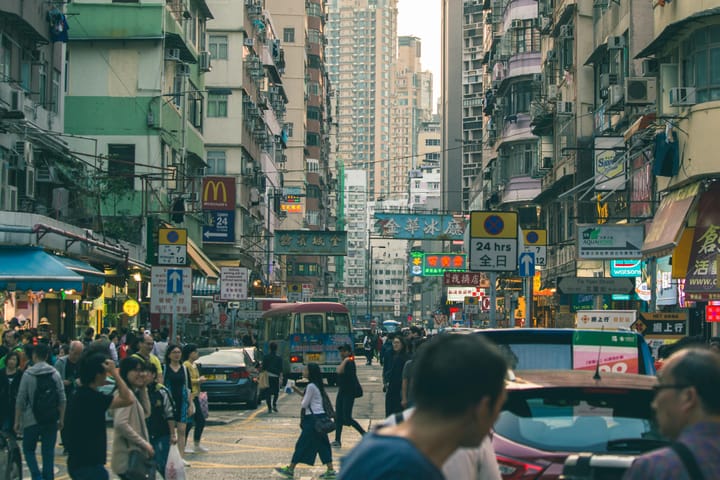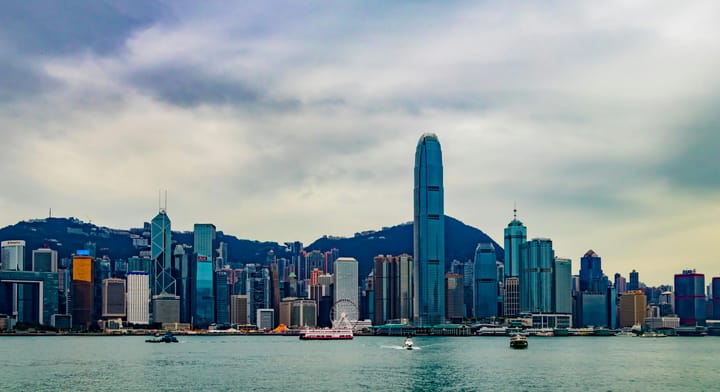The unrest in Sri Lanka, explained

A few minutes every morning is all you need.
Stay up to date on the world's Headlines and Human Stories. It's fun, it's factual, it's fluff-free.
Sri Lanka’s worsening economic situation has turned into mass protests as thousands of people rally against the government’s handling of the economy. For example, a lack of foreign currency has left the government unable to pay for imports. The country steeply devalued its currency to try and get some debt help from the International Monetary Fund (IMF), but that left it with soaring high inflation. COVID and the Russia-Ukraine war have only exacerbated the problem; most of the cabinet and the head of the central bank have resigned.
Some of the only people in government remaining are Prime Minister Mahinda Rajapaksa and his brother, President Gotabaya Rajapaksa. But there are ongoing protests and calls for them to step down.
Key comments:
As he cradled his 15 month-old baby boy, protester Suchitra spoke about the daily problems with power cuts. “Without electricity, our fans don’t even work. In this heat, it’s impossible for the baby, or us, to sleep."
“With anger growing and inhibitions against violent protest falling away, the current situation is a very dangerous one, even as it contains potential seeds of democratic change,” said Alan Keenan, senior consultant at the International Crisis Group.
Freelance advertising copywriter Sathsara said it is the first time he has ever protested. “I’m freelance, but I can’t earn money as there’s no gas, no electricity. I’m totally broke," he said.
You drive the stories at TMS. DM us which headline you want us to explain, or email us.







Comments ()